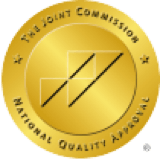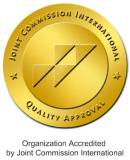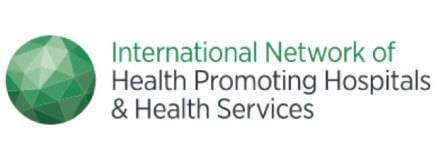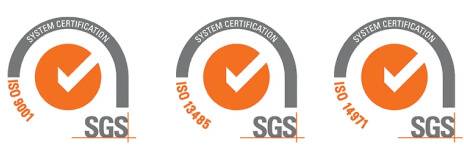
For patients who have undergone airway intubation for 48 hours or more, why do they experience difficulty swallowing? How can these cases be effectively assessed? When is the optimal time to conduct a swallowing evaluation? Currently, there are still no clear and precise answers to these questions.
After the removal of an airway tube (extubation), normal laryngeal function may not immediately recover, particularly swallowing ability. In the ICU, after extubation, patients typically undergo a swallowing difficulty screening conducted by a doctor or nurse before attempting oral feeding under safe conditions. However, this screening is not always accurate.
If a patient experiences aspiration or even aspiration pneumonia, reintubation may be necessary. Therefore, accurate assessment and prevention of swallowing difficulties are crucial for such patients. Early identification and treatment of dysphagia can significantly improve recovery outcomes while reducing healthcare costs and stress.
In addition to the effects of airway intubation, the following factors may also impact swallowing safety and efficiency:
- Difficulty adopting a safe eating posture
- Impaired or weakened respiratory function
- Difficulty coordinating breathing and swallowing
- Prolonged ICU stay
- Altered mental status or cognitive impairment
- Muscle weakness, paralysis, or reduced limb function
- Side effects of medication
- Oral infections or lack of oral care
- Other medical conditions (e.g., leukemia, COPD, liver disease, kidney disease)
Post-extubation Dysphagia
This can be considered an iatrogenic issue, meaning swallowing difficulties caused by medical procedures or interventions. Research indicates that advanced age is a significant risk factor for aspiration after extubation. Pathological changes resulting from airway intubation, such as throat and tracheal swelling, vocal cord paralysis, mucosal damage, airway stenosis, subglottic stenosis, and arytenoid dislocation, can impair laryngeal mobility or sensory function. These complications ultimately increase the risk of dysphagia and aspiration.
Clinical Recommendations
After extubation, it is advisable to closely monitor the patient's swallowing ability and eating condition for at least 20 to 48 hours to observe changes and stability. In addition to a clinical bedside swallowing assessment, I recommend instrumental swallowing assessments for such patients, such as Fiberoptic Endoscopic Evaluation of Swallowing (FEES) or Videofluoroscopic Swallow Study (VFSS), to accurately evaluate swallowing function and risks (particularly for potential or silent aspiration).



















